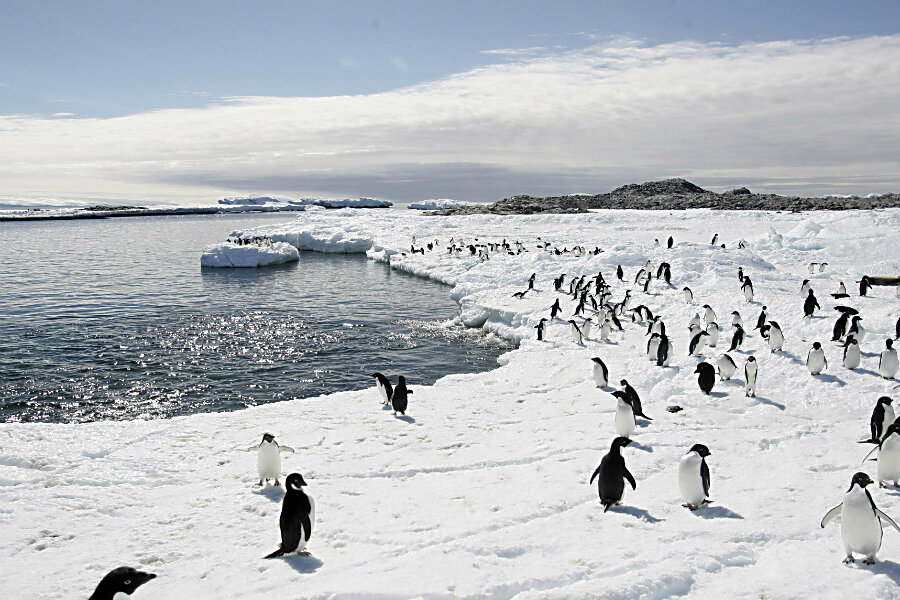What's behind the disappearance of Antarctic snow?
Loading...
In a new study, climate scientists have found that strong winds are stripping snow off the ice of Antarctica, potentially threatening to speed up sea level rise.
Indrani Das, a research scientist at the Lamont-Doherty Earth Observatory at Columbia University in New York City, and her colleagues looked at how much snow the winds can shift in the hostile climate of the southern continent and found that there might be less snow than scientists originally thought.
Scientists have for a long time assumed that the wind simply picked up surface snow and redistributed it somewhere else on the continent, but new research shows that powerful winds are persistently sweeping snow into the atmosphere or sea.
The researchers studied a place in eastern Antarctica where winds have removed as much as 18 meters (more than 50 feet) of snow – the equivalent of 200 years’ of precipitation, according to Columbia University's Earth Institute:
... the new study shows that in certain parts, called scour zones, some 90 percent—an estimated 80 billion tons per year—is instead being vaporized, and removed altogether.
“What we are seeing is that East Antarctica—already among the driest regions on Earth—is a bit drier than we thought,” said Ted Scambos, senior research scientist at the US National Snow and Ice Data Center, and one of the study's co-authors. “It’s more likely that it is losing ice, and adding to sea level.”
Antarctica, the planet’s largest desert, contains 90 percent of the planet’s ice. What happens to its snow and ice is a serious concern for the world, as it is enough to significantly raise sea levels.
Last month, scientists predicted that burning all of the world’s available fossil-fuel reserves would completely melt the Antarctic ice sheet, triggering a 150 to 200 foot rise in ocean levels that would flood some of the world’s biggest cities.
According to the scientists, global warming would, in the long run, destabilize both West and East Antarctica, melting the entire continent-covering glacier and causing sea-level rises that would reshape coastal regions for thousands of years to come.
New York City, Tokyo, Hong Kong, Shanghai, Calcutta, London, Paris, Rome, The District of Columbia, and Hamburg would all be swallowed by the ocean, along with countless other cities.
This combination of global warming and powerful winds sweeping snow off the ice of Antarctica means that scientists must adjust their models of how much mass Antarctica is losing, and how much it might lose in the future, the researchers say.






